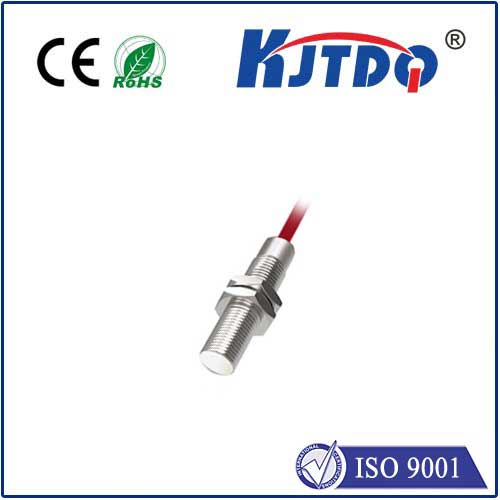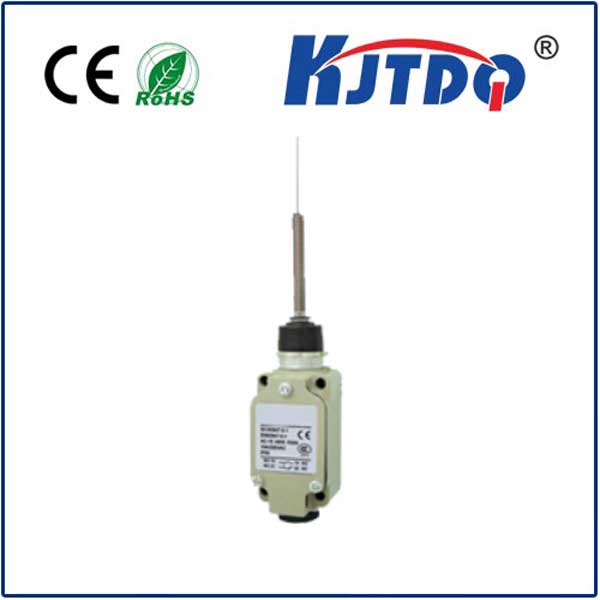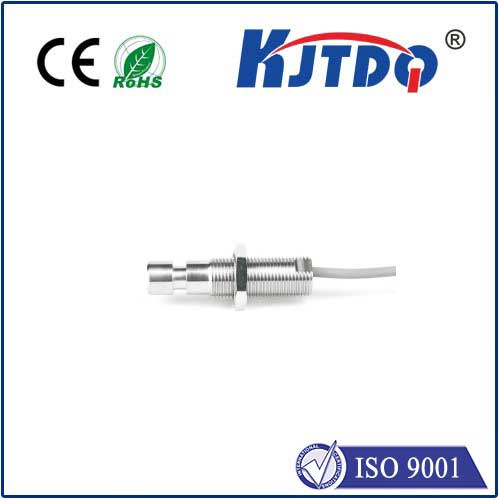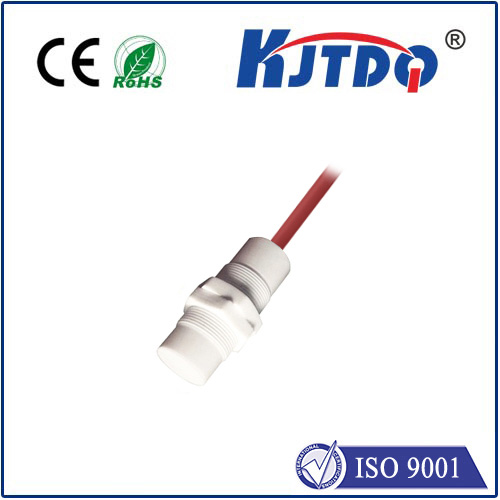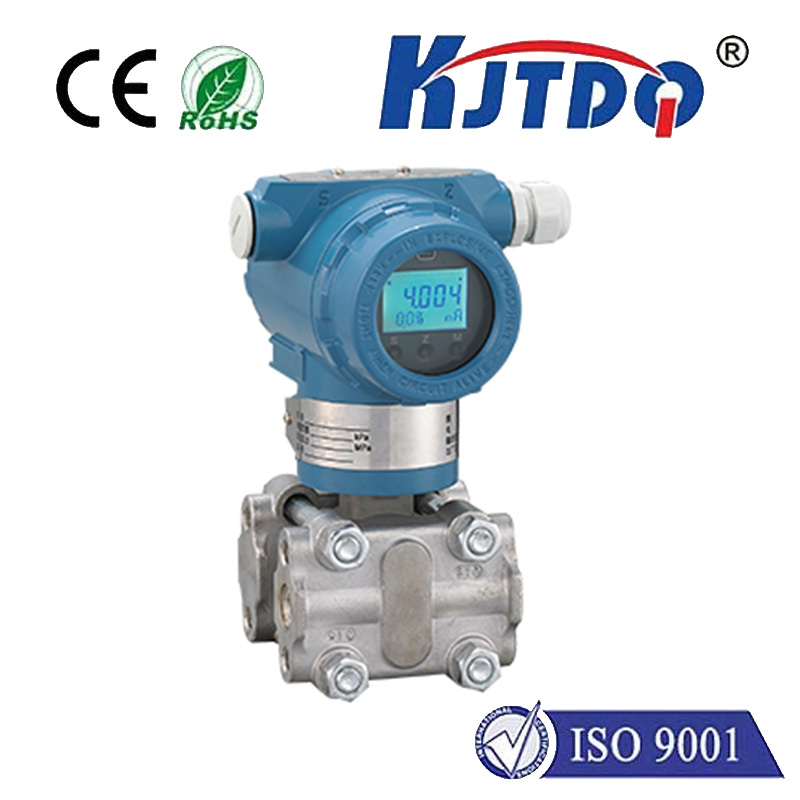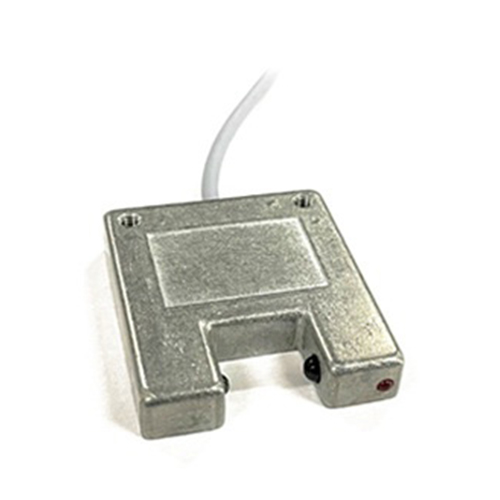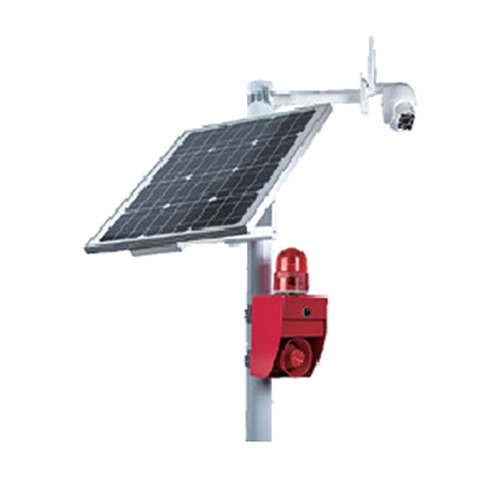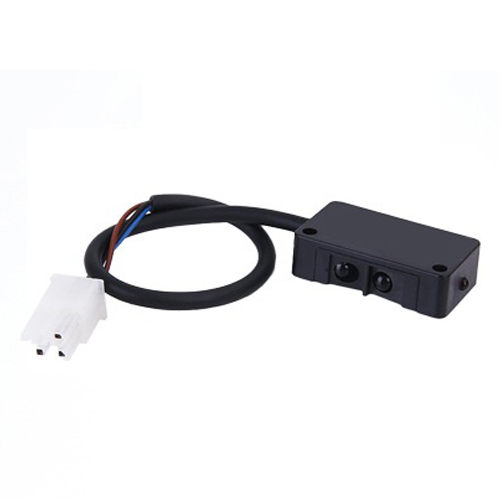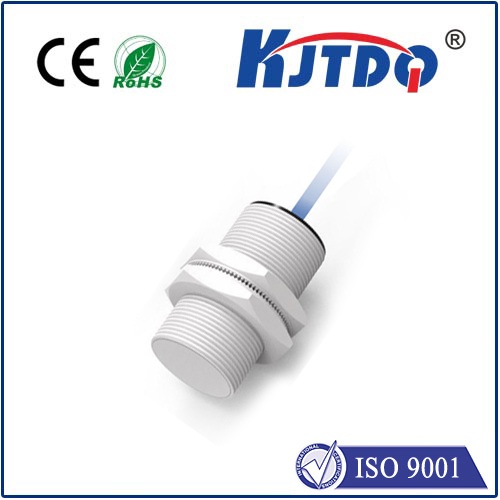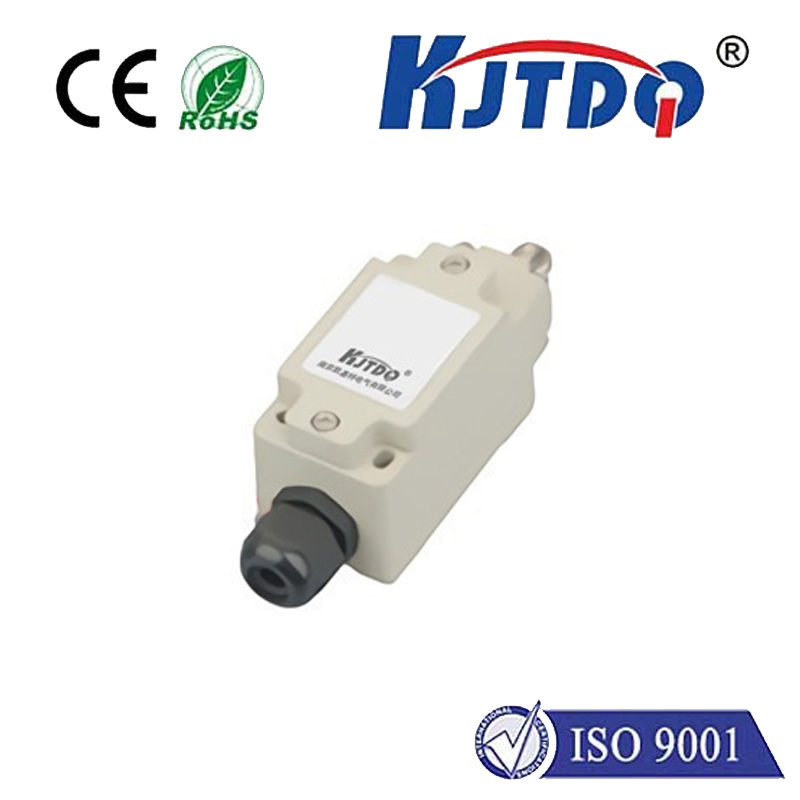long range laser distance sensor
- time:2025-08-29 03:00:03
- Click:0
Long Range Laser Distance Sensors: Achieving Precision at Extreme Distances
Imagine precisely mapping the contours of a vast open-pit mine, monitoring the structural integrity of a suspension bridge spanning kilometres, or accurately positioning equipment on a sprawling construction site – all without physical tapes or intrusive methods. Such feats are made possible by the remarkable capabilities of long range laser distance sensors. These sophisticated instruments are revolutionizing fields demanding exact distance measurement over hundreds, sometimes thousands, of metres. Precision at extreme distances is no longer a luxury, but an achievable operational standard.
Understanding the Core Technology: Laser Rangefinding
At the heart of these sensors lies laser rangefinding, commonly utilizing the time-of-flight (ToF) principle. Essentially, the sensor emits a focused, pulsed, or modulated laser beam towards a target. The beam travels at the constant speed of light. Upon striking the target, a portion of the light reflects back towards the sensor. An integrated, highly sensitive photodetector captures this returned signal. The sensor’s internal processor precisely calculates the time it took for the light pulse to travel to the target and back. Given the known speed of light (approx. 300,000 kilometres per second), the distance to the target can be determined with exceptional accuracy using the formula: Distance = (Speed of Light x Time of Flight) / 2.
Key Advantages of Long-Range Laser Sensors

The appeal of high power laser distance measurement systems extends far beyond their impressive reach. Here’s what sets them apart:
- Unparalleled Range: This is their defining characteristic. Capable of measuring distances from tens of metres up to several kilometres (with some advanced models exceeding 5km or more on highly reflective targets), they tackle applications impossible for shorter-range optical sensors or physical methods. This capability opens up entire new categories of remote measurement and monitoring.
- Exceptional Accuracy and Precision: Modern long-range sensors achieve millimetre or even sub-millimetre levels of measurement accuracy, even at significant distances. This high precision is crucial for applications like structural monitoring, large-scale surveying, and positioning heavy machinery.
- Non-Contact Measurement: Being a purely optical method, laser distance sensors measure without physically touching the target. This is vital for measuring delicate structures, hazardous locations, inaccessible points, or moving objects, ensuring no interference or damage.
- Long Distance Targeting: Many models incorporate advanced optics like telescopic lenses or integrated cameras with crosshairs/electronic viewfinders. This long distance targeting capability allows operators to precisely aim the laser beam at small or distant targets, ensuring reliable readings even over vast spaces.
- Speed and Efficiency: Measurements are taken almost instantaneously, allowing for rapid data collection over large areas. This significantly boosts productivity in surveying, stockpile volume measurement, and construction layout compared to traditional methods.
- Robust Performance: Designed for demanding environments, these sensors often feature ruggedized enclosures rated for dust and water ingress (IP67 or higher). They can withstand significant vibrations, temperature fluctuations, and challenging weather conditions common in industrial or outdoor settings, providing reliable laser distance data.
Where Long-Range Capability is Indispensable
The applications for long distance laser measurement are diverse and growing:
- Surveying and Geomatics: High-precision topographic mapping, establishing control points over large areas, volume calculations for earthworks and stockpiles (e.g., gravel, ore, coal).
- Construction and Civil Engineering: Monitoring structural deformation of bridges, dams, and large buildings over time. Setting accurate reference points over large construction sites. Verifying alignments for tunnels and pipelines. Crane positioning and collision avoidance.
- Mining and Quarrying: Measuring rock faces, stockpile volumes, blast hole positions, and overburden removal over extensive open-pit operations. Crucial for resource estimation and operational planning.
- Agriculture and Forestry: Precision land mapping, terrain analysis for optimal land use, forestry inventory (tree height, canopy density estimation).
- Energy: Monitoring sag in high-voltage power lines over long spans. Inspecting wind turbine blade deflection and tower integrity from ground level.
- Transportation: Monitoring ground movement near railways or highways. Measuring ship berthing distances at large docks.
- Environmental Monitoring: Tracking landslide movement, glacier recession, or coastal erosion over large areas and long time periods.
- Industrial Automation: Positioning large gantry systems, verifying component placement on oversized assemblies, or providing feedback for long-stroke actuators where other sensors fall short.
Choosing the Right Long-Range Sensor: Key Considerations
Selecting the ideal laser distance meter for demanding applications involves evaluating several critical factors:
- Required Range: This is paramount. Define the minimum and maximum distances you need to measure reliably under your operational conditions.
- Accuracy and Resolution: Determine the necessary precision level for your task. Remember that accuracy specifications often depend on distance and target reflectivity.
- Target Characteristics: Consider the target’s size, colour, surface texture (reflectivity), and whether it’s stationary or moving. Highly reflective, large, flat targets yield the best results. Dark, matte, or small objects at extreme range may be challenging. Some sensors offer specific modes or enhanced sensitivity for low-reflectivity targets.
- Environmental Conditions: Assess the operating environment – temperature extremes, humidity, dust levels, precipitation, and potential presence of fog or strong ambient light. Sensor ingress protection (IP) rating, operating temperature range, and optical filtering capabilities are vital.
- Measurement Speed: How quickly do you need the data? While generally fast, speeds can vary between models.
- Output and Connectivity: Determine how the sensor integrates with your system (e.g., analogue voltage/current, RS232/RS485, USB, Ethernet, EtherNet/IP, Profinet, CAN bus, wireless).
- Ease of Aiming: Consider the need for integrated optics (telescopes, cameras) or external sights, especially for precise long distance targeting.
Embracing the Future of Large-Scale Measurement
Long range laser distance sensors represent a powerful convergence of optics, electronics, and advanced signal processing. They deliver high precision laser measurement capabilities at distances that were previously impractical or prohibitively expensive to achieve accurately. By eliminating the need for physical contact and enabling rapid, reliable data acquisition over vast areas, these sensors enhance safety, boost efficiency, reduce costs, and unlock new possibilities in large-scale industrial, engineering, and scientific applications. As technology continues to advance, we can anticipate even longer ranges, higher accuracy, improved performance in challenging conditions, and smarter integration capabilities, further solidifying their role as indispensable tools for the modern world.






